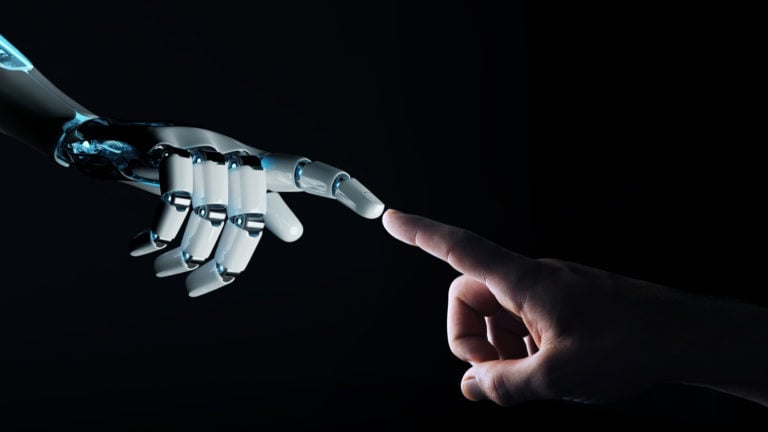Hello, Reader.
Before we get to today’s Smart Money, I want to thank everyone who joined us for our urgent Technochasm briefing on Thursday.
This is where I joined my InvestorPlace colleagues Louis Navellier and Luke Lango to discuss the divide between the “haves” and “have nots” in the market – and in our society. And it’s all being fueled by artificial intelligence.
During that broadcast, we delivered a step-by-step playbook you need to follow to make the most of this opportunity. Check out a free replay here.
And now that we’ve arrived at the weekend, the first full week of spring has come and gone.
During this time, maybe many of you tackled the seasonally daunting “Spring Clean,” confronting typically sealed junk drawers and closet doors. You know, those abandoned spaces home to chargers of cell phone models past… or a dusty collection of DVDs, cassettes, and their players.
These items have seen their heydays come and go, finding themselves obsolete (or close to it).
This technology cycle is normal. But according to Bill Gates, humans may soon join this list of the obsolete.
In a recent interview, the former CEO of Microsoft Corp. (MSFT) said that he believes humans won’t be needed “for most things.” Over the next decade, Gates said, “great medical advice [and] great tutoring” will become free and commonplace.
And it’s all because of AI… especially now that we’re seeing the rise of physical AI.
And one company is leading the charge.
So, in today’s Smart Money, let’s take a look at this company’s recent physical AI advancements.
Then, I’ll share a timely way that you can take advantage of the growing opportunity in physical AI.
Let’s dive in…
AI, Robot
As its name implies, “physical” AI brings together the digital and physical worlds. It allows autonomous machines like robots and cars to perceive, understand, and perform complex tasks, as the kids say… IRL.
Last week, Nvidia Corp. (NVDA) hosted its annual GPU Technology Conference (GTC). That’s where the AI chip maker showcases its latest hardware, software, and services, drawing together developers, engineers, researchers, and more.
But this year, Nvidia CEO Jensen Huang wasn’t joined onstage by an engineer or researcher during his keynote address. Instead, he was accompanied by “Blue,” a small, physical AI robot reminiscent of Pixar’s Wall-E.

Source: Tech Startups
Blue is built to redefine robotic movement and learning, improving precision in simulations and real-world interactions. It is powered by a physics engine made in partnership with the Walt Disney Co. (DIS) and Google DeepMind.
Blue interacted with Huang onstage, following his direction to move around. (Despite Gates’s warning… keynote speaking, at least, remains very much on our human “can do” list. Blue could only engage vocally with robotic chirps.)
In the beginning of the year, Nvidia launched a new family of foundational AI models called Cosmos, which are specifically designed to train physical AI robots like Blue to navigate the real world.
And at the GTC event, the company released new iterations of the Cosmos models. This includes the world’s first reasoning model for physical AI development.
“Just as large language models revolutionized generative and agentic AI, Cosmos world foundation models are a breakthrough for physical AI,” Huang said. “Cosmos introduces an open and fully customizable reasoning model for physical AI and unlocks opportunities for step-function advances in robotics and the physical industries.”
Physical AI and Your Portfolio
The development of physical AI will have enormous consequences for real-world tasks (and, as Gates predicts, for all of us).
That is why Louis, Luke, and I just released a brand-new special report that details our top three picks prepared to dominate the physical AI space. You can learn how to access this report in our special Technochasm broadcast.
Alongside physical AI, we’re also beginning to see the rise of AI agents. AI agents are essentially like the brain behind a smart assistant or AI robot. These AI models will be able to independently navigate the digital world – analyzing vast amounts of data, making real-time decisions, and executing complex workflows.
These two emerging forms of AI will quickly impact our daily lives in big ways, creating a divide – a Technochasm – so sharp that investors will either leap ahead… or get left behind.
Louis, Luke, and I will keep finding the companies set to benefit from the rise of both physical AI and AI agents… and can help you keep on the right side of the growing technology divide.
Click here for free broadcast and learn more.
Regards,
Eric Fry

